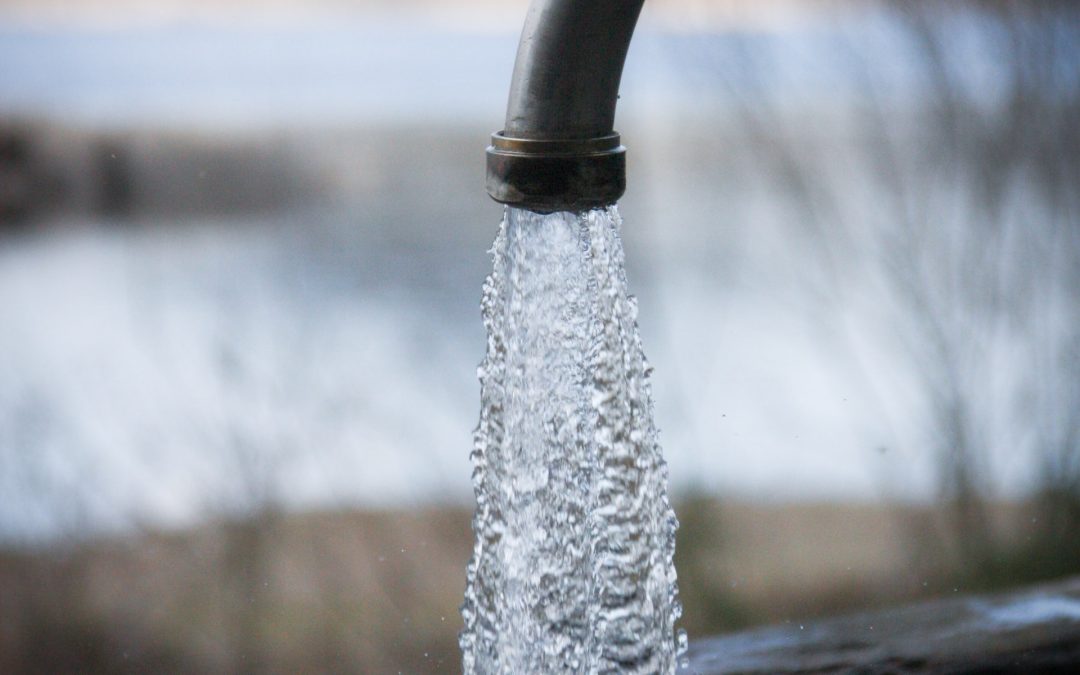The UN-Water Integrated Monitoring Initiative has summarized data from nearly 200 countries on global indicators for Sustainable Development Goal (SDG) 6, which ensures water and sanitation for all by 2030.
This analysis covering various aspects of the water cycle, from drinking water and sanitation to wastewater and transboundary cooperation, presents where the world is falling short and where efforts need to be accelerated.
This summary presents the progress made under each indicator in 2021 concerning SDG 6, and provides a breakdown of the situation and trends at regional and national levels.
This international scenario will be presented and discussed during the upcoming meeting “Implementing the Water-related Goals and Targets of the 2030 Agenda” on March 18, 2021.
In the foreword to the update, Gilbert F. Houngbo, Chair of UN-Water and President of the International Fund for Agricultural Development, said “Even before COVID hit, the world was off track to meet SDG 6, the goal of ensuring water and sanitation for all by 2030.”
Billions of people worldwide continue to live without safe drinking water and sanitation, which are human rights, and are essential for improving nutrition, preventing disease, and facilitating health care.
The scenario is critical: we need to do more, much more quickly.
Many water sources are drying up and becoming polluted, and water-intensive industries, agriculture, and power generation are growing to meet a growing population’s needs.
Achieving SDG 6 is a national responsibility and investing in water has a catalytic effect on other areas such as health, education, agriculture, and job creation.
Progress on water and sanitation is imperative and urgent and can be achieved if governments, civil society, business, academia, and development aid agencies cooperate internationally.
SDG 6 goes far beyond water and sanitation services to encompass the entire water cycle. Beyond domestic purposes, water is needed in all the social sectors to produce food, energy, goods, and services. These uses also generate wastewater that, if not properly managed, can spread disease and introduce excess nutrients and hazardous substances into rivers, lakes, and oceans.
Five accelerators define the SDG 6 Global Acceleration Framework:
- OPTIMIZED FINANCING – Improved targeting, better utilization of existing resources, and mobilization of additional domestic and international funds will lead to efficient delivery and implementation of services.
Success looks like this: Budgeted plans related to the delivery of SDG 6 are fully funded. - IMPROVED DATA AND INFORMATION –
Data generation, validation, standardization and information sharing will build confidence so that leaders can make informed decisions and increase accountability.
Success looks like this: High-quality information on SDG 6 indicators is shared and easily accessible to any decision-maker. - CAPACITY DEVELOPMENT – Inclusive human and institutional capacities at all levels will lead to improved service levels, operation and maintenance technology, increased job creation in the water sector and retention of a skilled workforce.
Success looks like this: Skilled workforce improves sustainable implementation of SDG 6. - INNOVATION – Innovative practices and technologies will be harnessed and scaled up and ultimately lead to improved water resources and sanitation development and management.
Success looks like this: Innovative practices and technologies for water and sanitation are leveraged at the national level. - GOVERNANCE – Cross-sectoral and transboundary collaboration, clear roles, stakeholder participation, and effective and inclusive institutions will make SDG 6 everyone’s business.
Success looks like this: Efficient mandates for SDG 6 delivery across sectors are established, institutions for delivery are strengthened, and cross-sectoral coordination mechanisms function effectively.
At Bluephage, we help achieve SDG 6 with a patented technological innovation that quickly, efficiently, and cost-effectively detects coliphages in water testing, the most effective viral indicator to ensure safe drinking water.
Read the Summary Progress Update 2021 here.
Learn more about our mission and products.


